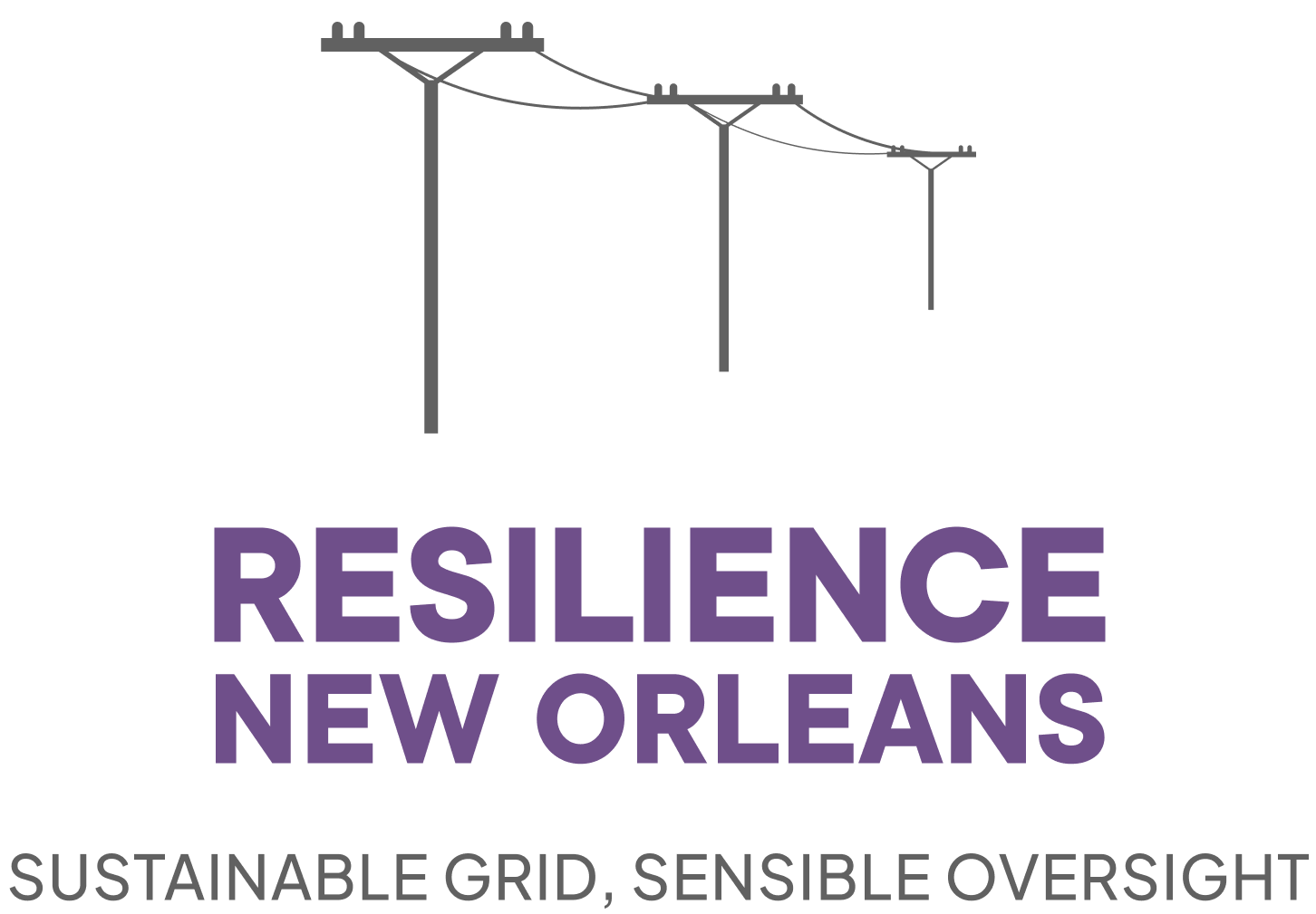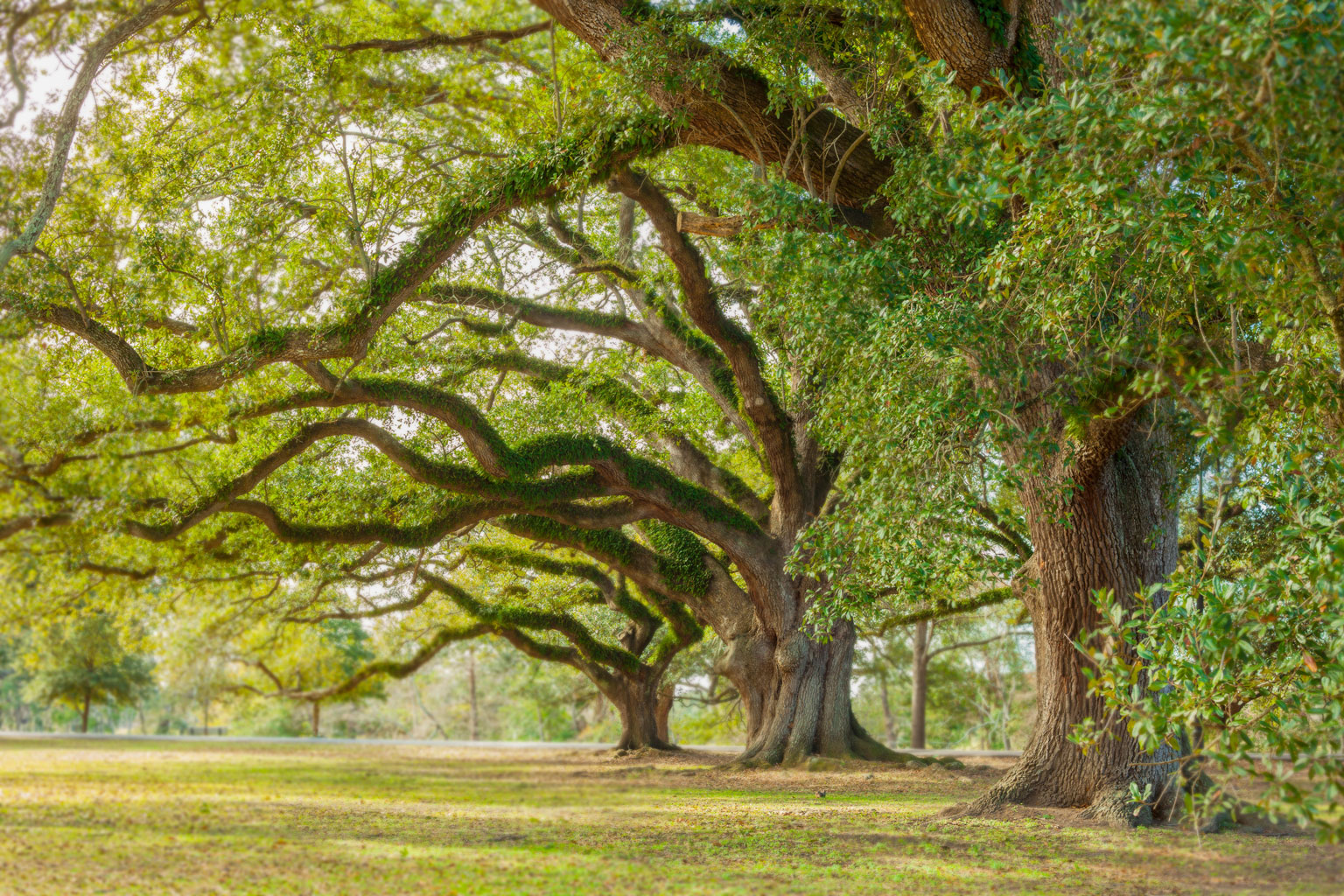Our tree canopy and power reliability can co-exist.
New Orleans’ tree canopy is lushly filled out by beautiful, old oaks, magnolias, pecans, and many other varieties. Beyond aesthetics, the trees offer real financial benefits like decreasing heat island effects, mitigating flooding, and capturing carbon emissions. Yet, maintaining that canopy has presented a challenge when it comes to keeping the lights on. New Orleanians like electricity too and people are understandably irate when the power goes out. Our current tree maintenance regulations mean tree limbs are left so long that they get to grow onto electric wires and any wind can cause a problem. The city has been stuck in a complicated balancing act, but new technology can help navigate us out of it.
The False Choice Between Trees and Reliability
As New Orleanians, we are deeply attached to trees, and for good reason. A healthy urban canopy offers more than just aesthetic pleasure; the trees are a refuge from the heat, protection against concrete-induced heat island effects, water retention, air purifying, and homes to bird species that eat pests. But the trees do come with some risks; they are a significant source of power outages in the city, particularly during storms or high winds.
For decades now, New Orleans has faced a stark choice: maintain the stunning canopy or ensure consistent, reliable power. But with today’s technology, this is a false dichotomy. Caring for trees and maintaining electric reliability are not mutually exclusive. Solutions exist that can help protect the urban trees while reducing the likelihood of power outages.
Proposed Solution: Take the High Ground
To strike a balance between protecting trees and ensuring electric reliability, a multi-pronged approach is needed. Here’s how we can achieve it:
1. Raise the Height of Electric Poles
The standard utility pole in the U.S. is about 35 feet tall, but poles can be constructed to heights of up to 120 feet to provide greater clearance between power lines and tree limbs. By raising the height of electric poles, New Orleans could reduce the number of tree limbs interfering with power lines without having to trim the tree canopy as aggressively.
2. Allow Secondary Line Trimming
Currently, city regulations prevent trimming trees near secondary lines, which operate at much lower voltages (between 120 and 480 volts) compared to the primary lines. However, limbs near these lines can still cause outages. Amending these rules to allow trimming near secondary lines would help prevent outages while minimally impacting the health and appearance of the trees.
3. Streamline Communication Between the Parks and Parkways department and Entergy
The current process for addressing tree-related utility issues is underfunded, and therefore slow and cumbersome. According to Parks and Parkways, there are more than 1,000 open 311 requests related to tree problems, but only one person to handle these requests. Further, there are insufficient arborists to coordinate with Entergy, so it is no wonder that tree issues go unaddressed for long periods.
To speed things up, a more streamlined process between the city and ENO is needed. With a small investment in AI tech, the tree reporting system could be automated and then the utility arborists could be sent out. By improving coordination and quickly identifying and addressing problem limbs, we can reduce the risk of outages without unnecessary delays.
Trees and power, we can have it all
New Orleans is not forced into a false choice between two of our city’s most valued assets. With strategic adjustments—like raising utility pole heights, allowing secondary line trimming, and enhancing coordination between the city and Entergy—New Orleans can have both beautiful trees and dependable power.

